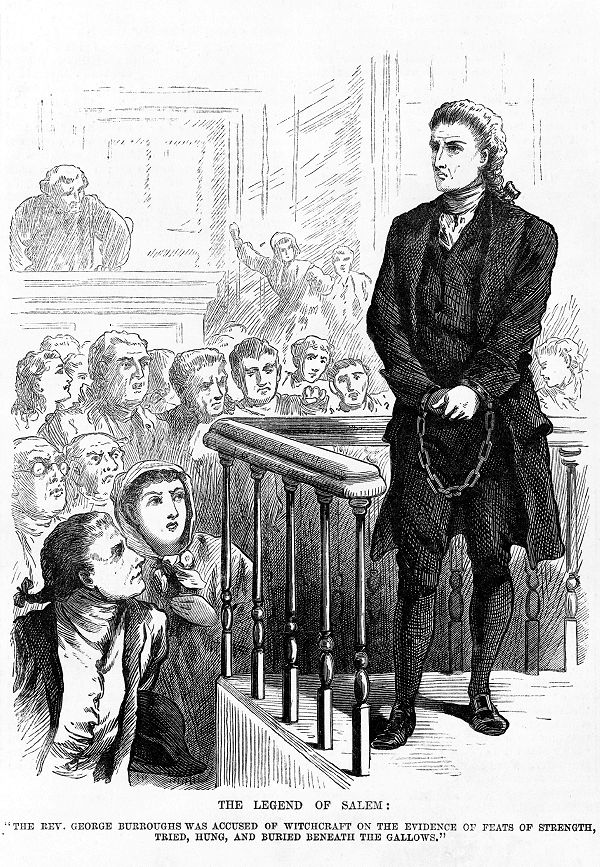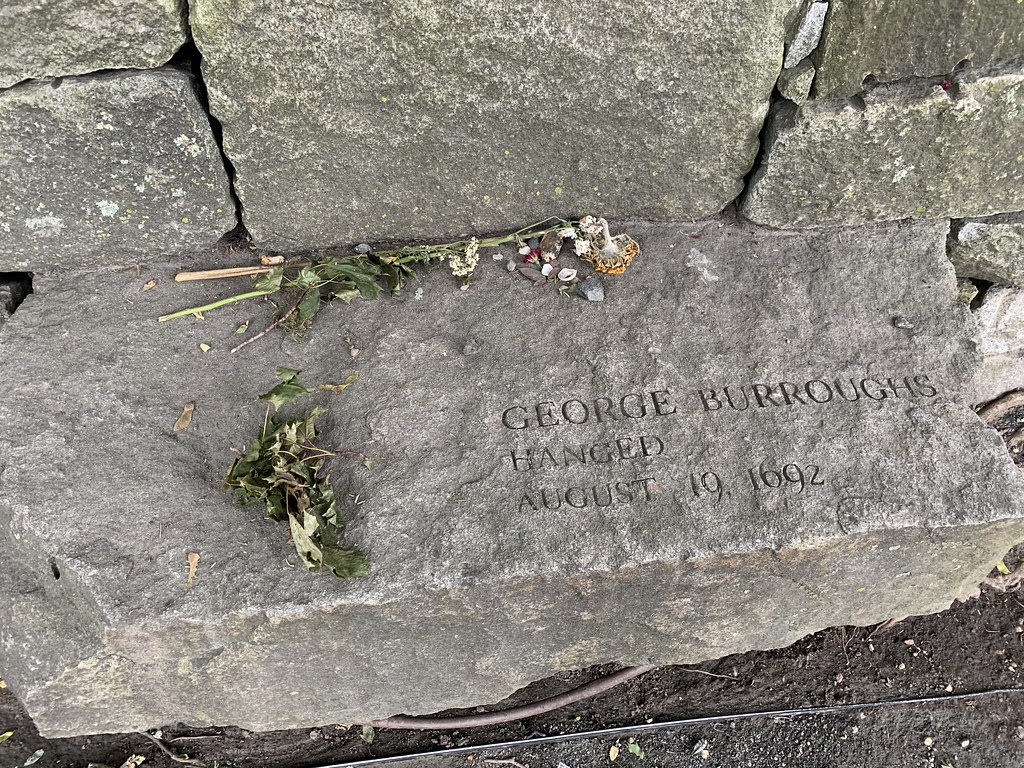George Burroughs was the only minister who was executed during the Salem Witch Trials. At his execution, he quoted the Lord's Prayer, which a witch should not have been able to do. Despite this, he was executed on the same day, like many others.
Early Life
George Burroughs was probably born around Suffolk, England, around 1650, prior to migrating to Massachusetts Bay Colony with his parents. He was raised in the town of Roxbury (a century later would be the town William Dawes rode through to warn the colonists of the British) by his mother and would be educated at Harvard College, where he graduated in 1670 with honors.
After graduation, he became the minister of Salem Village in 1680. However, the relationship with Salem would be tumultuous due to the town often not paying his wages. To make matters worse for Burroughs, his wife died suddenly, and he was unable to pay for her funeral. He borrowed money from John Putnam for the funeral and was unable to repay the debt. He resigned his post and left Salem in 1683.
Burroughs moved to Falmouth, where he lived until it was destroyed by the Wabanaki Confederacy in 1690. He then moved to Wells, Maine, believing it would be safer from Indian attacks.
It is important to note how Burroughs was described as some of these attributes would be stated against him by his accusers:
George Burroughs was confident, strong-willed, and decisive, a man of action as well as a preacher, unusually athletic and clever enough to do well in Harvard. Short of stature, muscular, and dark-complexioned, he was highly attractive to women, as is shown by his winning the hand of a rich widow as his second wife when he was a mere village minister.
Accusations of Witchcraft
Burroughs had moved to Wells, Maine, and had been married another two times before the time of the trials.
Despite being far away from the witch hysteria in Salem, Massachusetts, Burrough's name was brought up as a witch, and a warrant was put out for his arrest.
Burroughs was arrested on charges of witchcraft on April 30, 1692, based on the accusation of some personal enemies from his former congregation who had sued him for debt. At his trial, which took place in May, he was found guilty based on evidence that included his extraordinary feats of strength, such as lifting a musket by inserting his finger into the barrel. His failure to baptize his children or to attend communion and the secrecy he seemed to keep did not look well on him.

He was also accused of killing his other wives and treating them harshly. Burroughs denied these accusations, but they were common accusations against him.
Despite not living in Salem for many years prior to the Salem Witch Trials, Burroughs was found guilty of witchcraft and sentenced to hang. His trial was the largest due to him being a member of the clergy.
He, along with George Jacobs, John Proctor, John Willard, and Martha Carrier, were brought to the execution site. Cotton Mather witnessed the event as well.
Each of these accused was given a moment to say their last words. George Burroughs proceeded to quote the Lord's Prayer perfectly, which was believed to be impossible for a witch to do. This caused many in the audience to second-guess his guilt.
On August 19, 1692, George Burroughs plunged to his death and was buried in a shallow grave.
In 1711, his family would be given 50 pounds, and his name would be cleared of all charges.

<- Return to List of People Involved in the Salem Witch Trials
